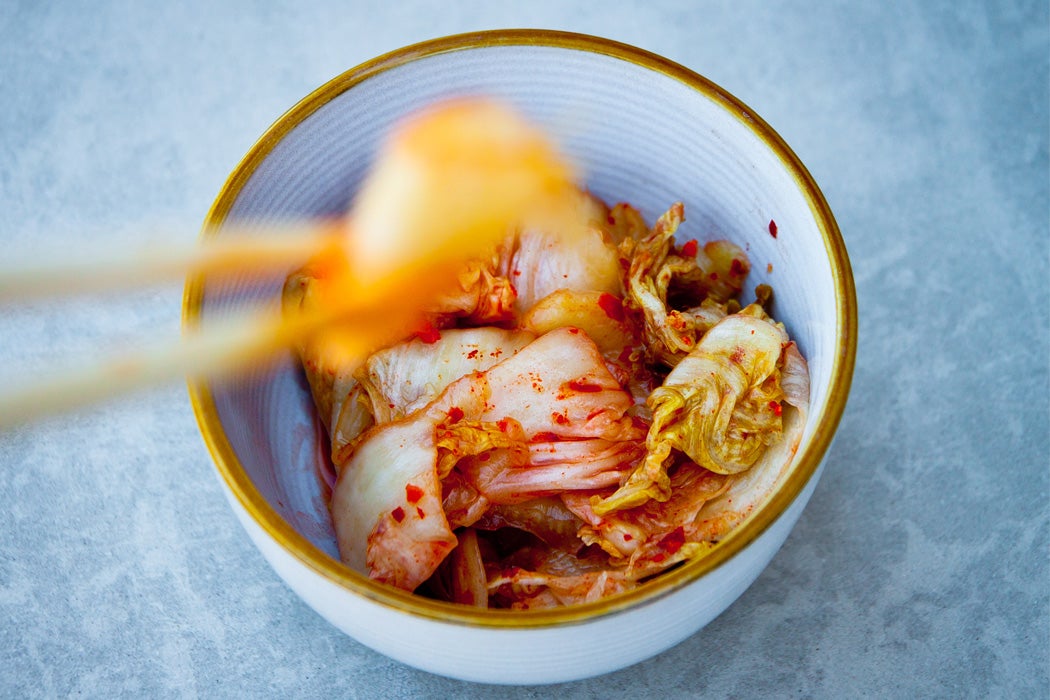The more scientists learn about the human microbiome, particularly the gut microbiome, the more people realize how central the microbiome is to many aspects of health. Probiotics are a hot topic these days—and big business. Foods including yogurt, kimchi, and kombucha contain probiotics. There are also stand-alone supplements. But scientists are still figuring out whether or not they actually work.
Writing in Clinical Infectious Diseases, Jon Vanderhoof and Rosemary Young define probiotics as “live microbial products that have a defined health benefit.” Vanderhoof and Young note that one of the most common uses of probitiotics is as treatment for complications caused by other medicines. In particular, powerful antibiotics are known to wreak havoc on helpful gut bacteria, allowing more dangerous bacteria to take hold.
In the modern world, humans eat a lot less bacteria of any kind than they used to. Refrigeration and increased squeamishness about dirt have combined to sterilize the modern diet. There is evidence that humans are primed at birth to accept certain bacteria as helpful, and that only those bacteria to which we are adjusted from birth will be easily accepted by the body. Any others will be attacked by the immune system.
These factors make probiotic treatments questionable except under specific defined circumstances. Certain bacteria, such as types of Lactobacillus or Bifidobacterium, are widely considered to be safe and beneficial for most people. Some types of diarrhea, especially in children and travellers, respond positively to probiotic treatments. There is also evidence of benefit for irritable bowel syndrome and a few other digestive tract ailments. According to Vanderhoof and Young, despite some high profile poor outcomes (including some fatalities), evidence indicates that properly used probiotics are mostly safe in healthy patients. Other risks, including the possibility that probiotics might transfer genes for antibiotic resistance to harmful bacteria, are so far not a major problem.
Get Our Newsletter
Vanderhoof and Young are concerned, however, that for every use where there is a provable benefit, there is a use that has no evidence of benefit. Probiotics are often marketed with outrageous claims, promising to cure everything from autism spectrum disorders to diaper rash. Better regulation of these products and their advertising might help probiotics more closely follow proven science.
The huge variety of available probiotic strains further complicates the picture. A 2012 BMJ article by Christopher C Butler, Donna Duncan, and Kerenza Hood noted that even for the most common probiotic use, which is counteracting antibiotics, many effectiveness studies are not high quality. It is still unclear which probiotic strains work best and how well.







